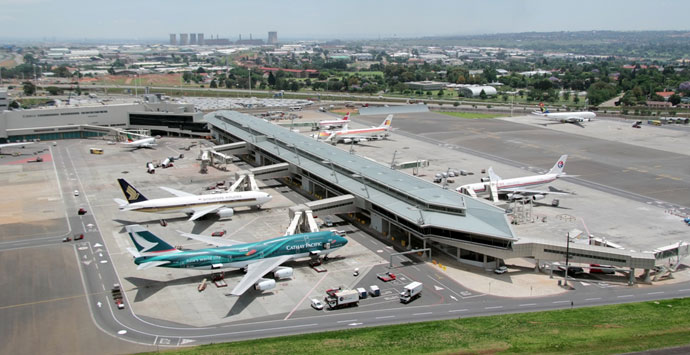At a Glance
- Africa’s aviation sector is booming, with top airports driving international connectivity and economic growth across the continent.
- Modernization and technological upgrades position African airports as global hubs, enhancing passenger experience and operational efficiency.
- Africa’s top airports excel in service, linking the continent to the world with cutting-edge facilities and seamless travel experiences.
Africa’s aviation sector is rapidly expanding, with airports playing a crucial role in linking the continent to the global community.
As Africa emerges as a leading destination for both tourism and business, its air travel infrastructure is evolving to meet the growing demand. This development is key to strengthening the continent’s international connections.
With increasing passenger traffic, infrastructure upgrades, and technological advancements, several African airports have become global hubs, enhancing connectivity across continents.
Airports remain essential for global connectivity, and in Africa—rich in diversity and opportunity—airports facilitate cultural exchange, economic growth, and exploration.
Africa’s leading airports stand out not only for their size and passenger volume but also for the quality of service they provide. These airports excel in connecting Africa with the world, offering modern facilities, efficiency, and a focus on passenger comfort.
Here is Shore Africa’s list of the top 10 airports in Africa for 2024, each blending African hospitality with world-class amenities.
- O. R. Tambo International Airport, South Africa

Johannesburg’s O.R. Tambo International Airport, South Africa’s largest and busiest, spans 13,500 acres and handled over 22 million passengers in 2017, with a capacity to accommodate 28 million annually.
Serving as a vital gateway to Southern Africa, the airport connects global travellers to key regional markets. It is one of the few airports worldwide offering scheduled flights to all six inhabited continents, reinforcing its position as a major transit hub for sub-Saharan Africa.
- Addis Ababa Bole International Airport, Ethiopia
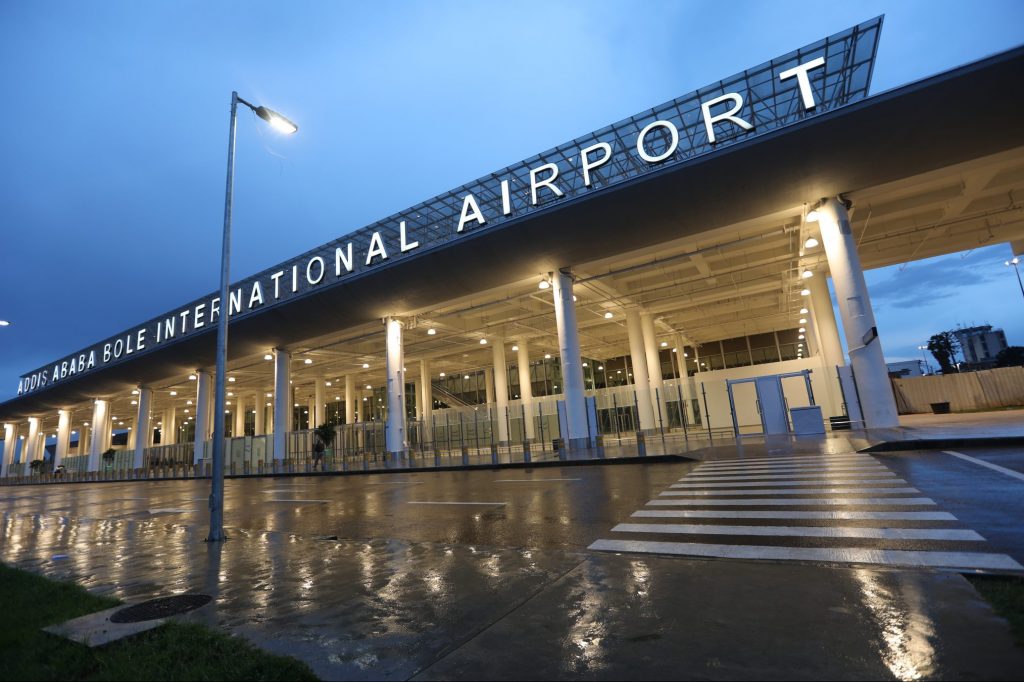
Addis Ababa Bole International Airport, the primary hub for Ethiopian Airlines, Africa’s largest carrier, covers 7,142 acres and serves over 22 million international and 2 million domestic passengers annually. With ongoing expansions, the airport underscores Ethiopia’s strategic push to establish itself as a key aviation hub bridging Africa with Europe, the Middle East, and Asia.
- Cairo International Airport, Egypt
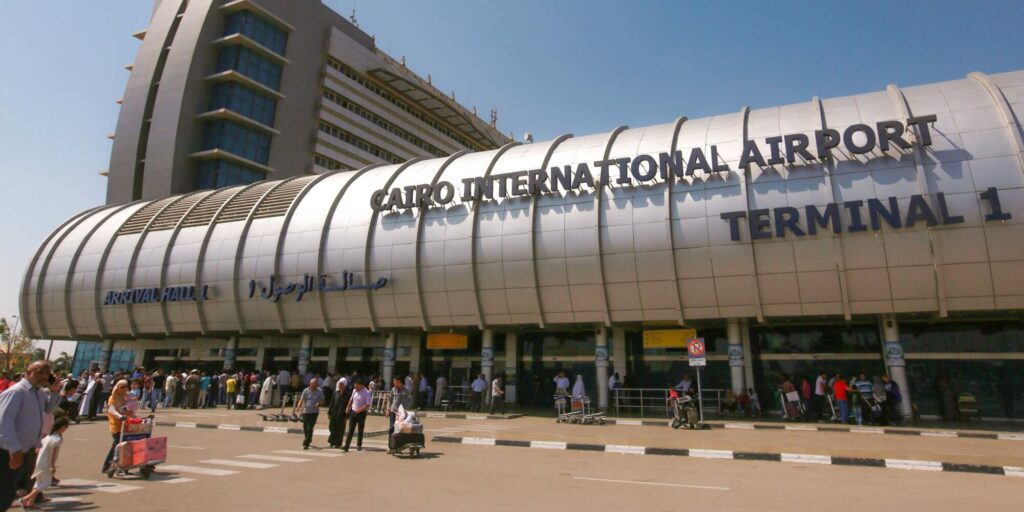
Egypt’s Cairo International Airport spans 9,500 acres and serves over 15 million passengers each year. Strategically situated at the crossroads of Africa, Europe, and Asia, the airport supports Egypt’s tourism and business sectors. Recent modernization efforts have enhanced its efficiency, maintaining its status as a premier hub for intercontinental travel.
- Cape Town International Airport, South Africa
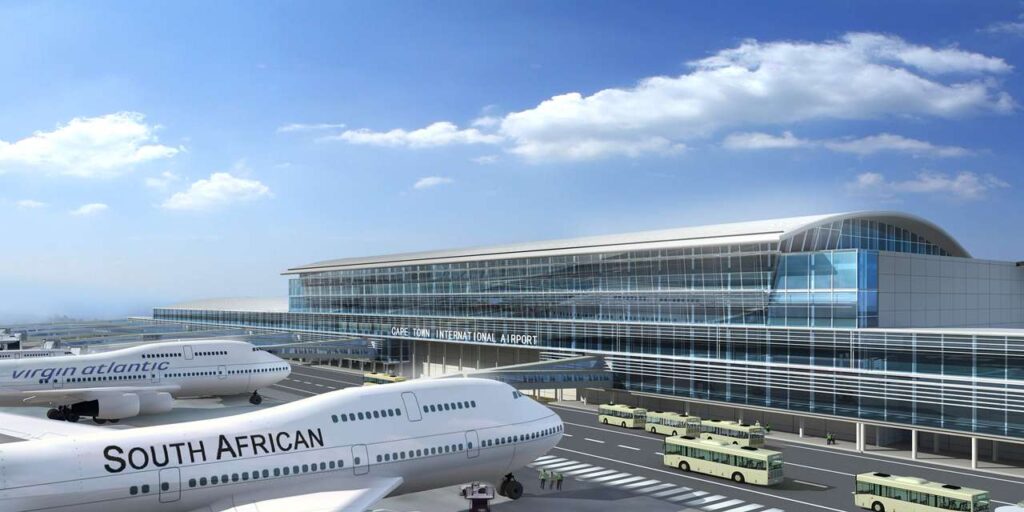
Cape Town International Airport is Africa’s 3rd largest airport, renowned for its customer-centric approach, Cape Town International Airport handles over 10 million passengers annually. Covering 7,200 acres, it connects South Africa’s tourism capital to global markets. The airport’s emphasis on service excellence and sustainability underscores its pivotal role in Africa’s air travel ecosystem.
- Mohammed V International Airport, Morocco

Casablanca’s Mohammed V International Airport serves as a key link between Africa, Europe, and the Americas. Spanning 6,500 acres and managing over 9 million passengers annually, its strategic location supports Morocco’s growing reputation as a business and tourism hub.
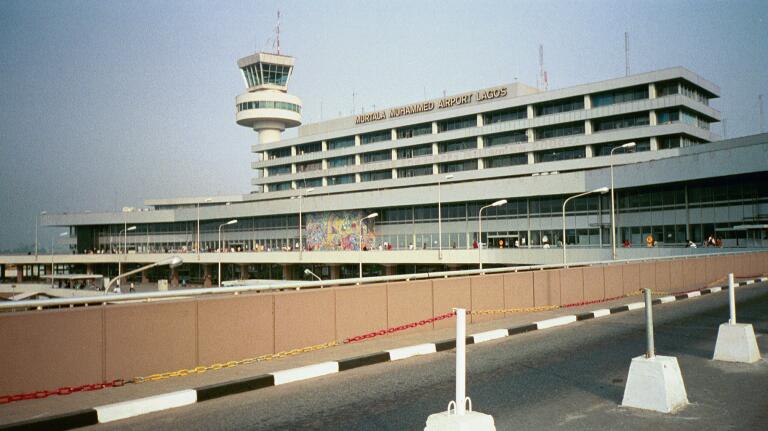
Murtala Muhammed International Airport in Lagos, Nigeria’s busiest and most vital hub, has evolved into one of Africa’s leading airports, according to Forbes. Spanning 6,000 acres and processing over 8 million passengers annually, the airport is integral to Nigeria’s aviation infrastructure. A key player in West Africa’s aviation sector, it drives the nation’s trade, tourism, and business connections on a global scale.
- Jomo Kenyatta International Airport, Kenya
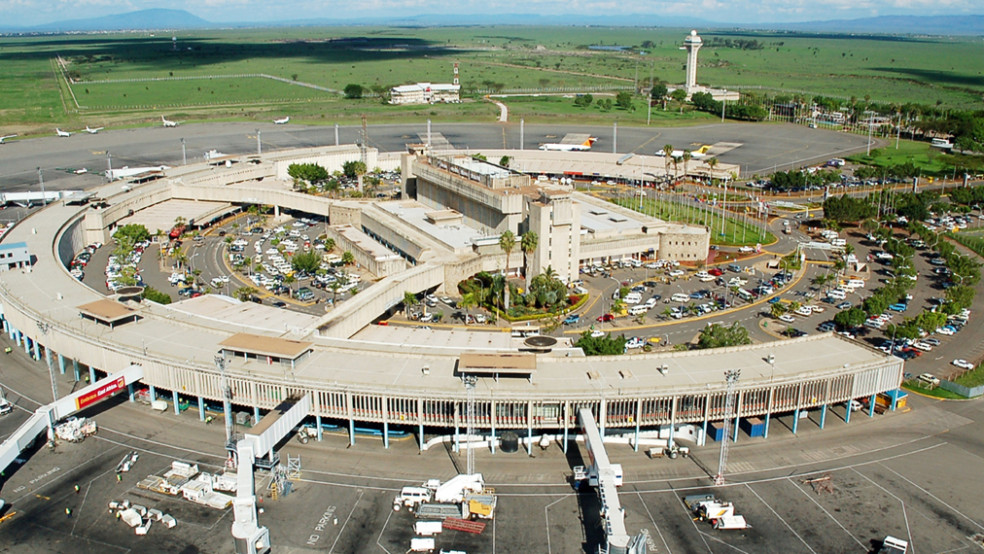
Kenya’s largest airport, located in Nairobi, handles over 6.5 million passengers annually. Jomo Kenyatta International Airport serves as a critical gateway for East African trade and tourism, bridging Africa with Europe and Asia across its 3,000-acre facility.
- Houari Boumediene Airport, Algeria
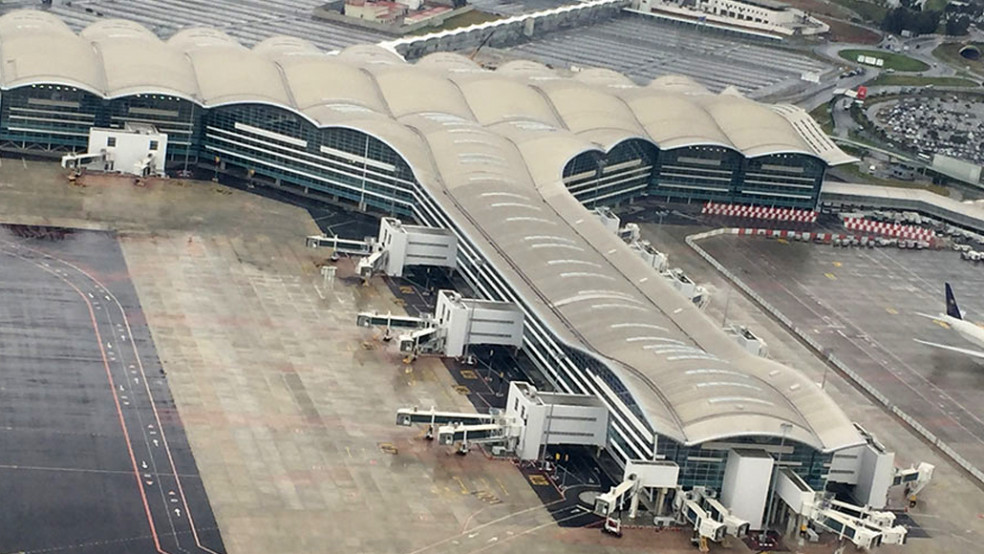
Spanning 2,700 acres and handling over 6 million passengers yearly, Algeria’s Houari Boumediene Airport plays a central role in North African aviation. Enhanced infrastructure and strategic positioning link the region to Europe and the Middle East, boosting Algeria’s connectivity and economic outreach.
- King Shaka International Airport, South Africa
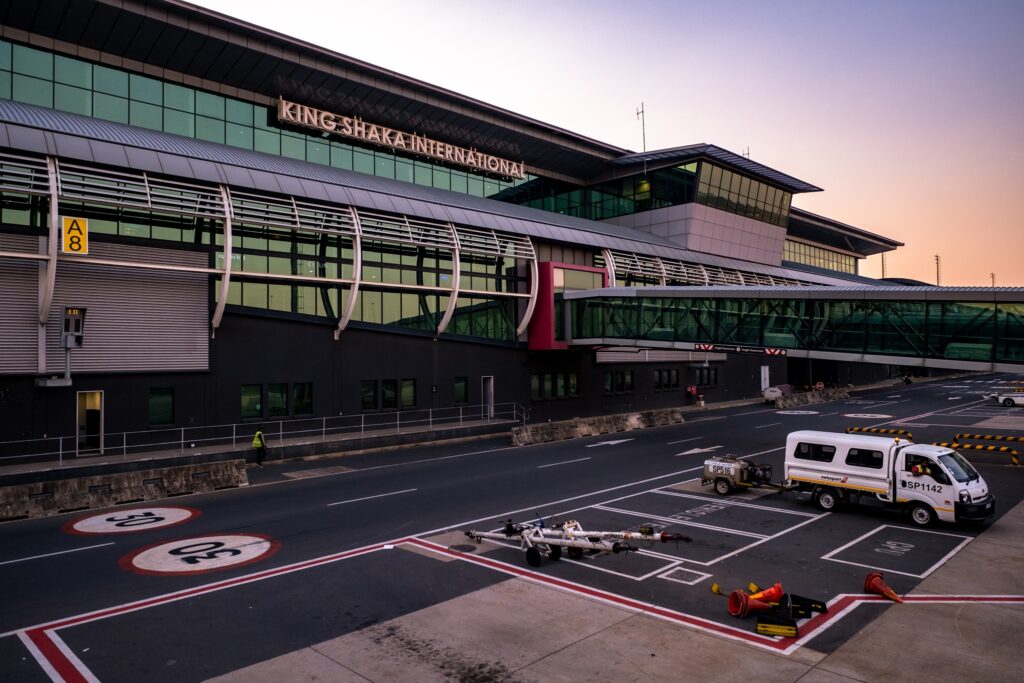
Opened in 2010, Durban’s King Shaka International Airport has grown rapidly, spans approximately 2,500 acres and manages over 5 million passengers annually. Its modern infrastructure and strategic domestic and international routes solidify its role in South Africa’s aviation framework.
- Sir Seewoosagur Ramgoolam International Airport, Mauritius
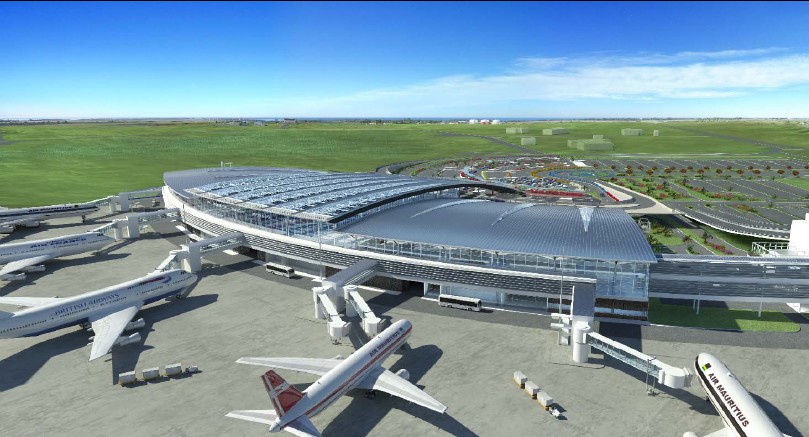
As Mauritius’ primary airport, Sir Seewoosagur Ramgoolam handles 4 million passengers annually. Supporting the island nation’s tourism industry, the airport’s modern facilities cater to increasing international traffic, particularly from Europe and Asia.
Driving growth and connectivity
Africa’s top airports reflect the continent’s aspirations for global integration and economic development.
With ongoing investments in technology, sustainability, and passenger experiences, these hubs are not just travel gateways but engines for growth.
As Africa’s aviation demand soars, these airports are poised to play even larger roles in connecting the continent with the world, driving trade, and fostering innovation in global travel.

